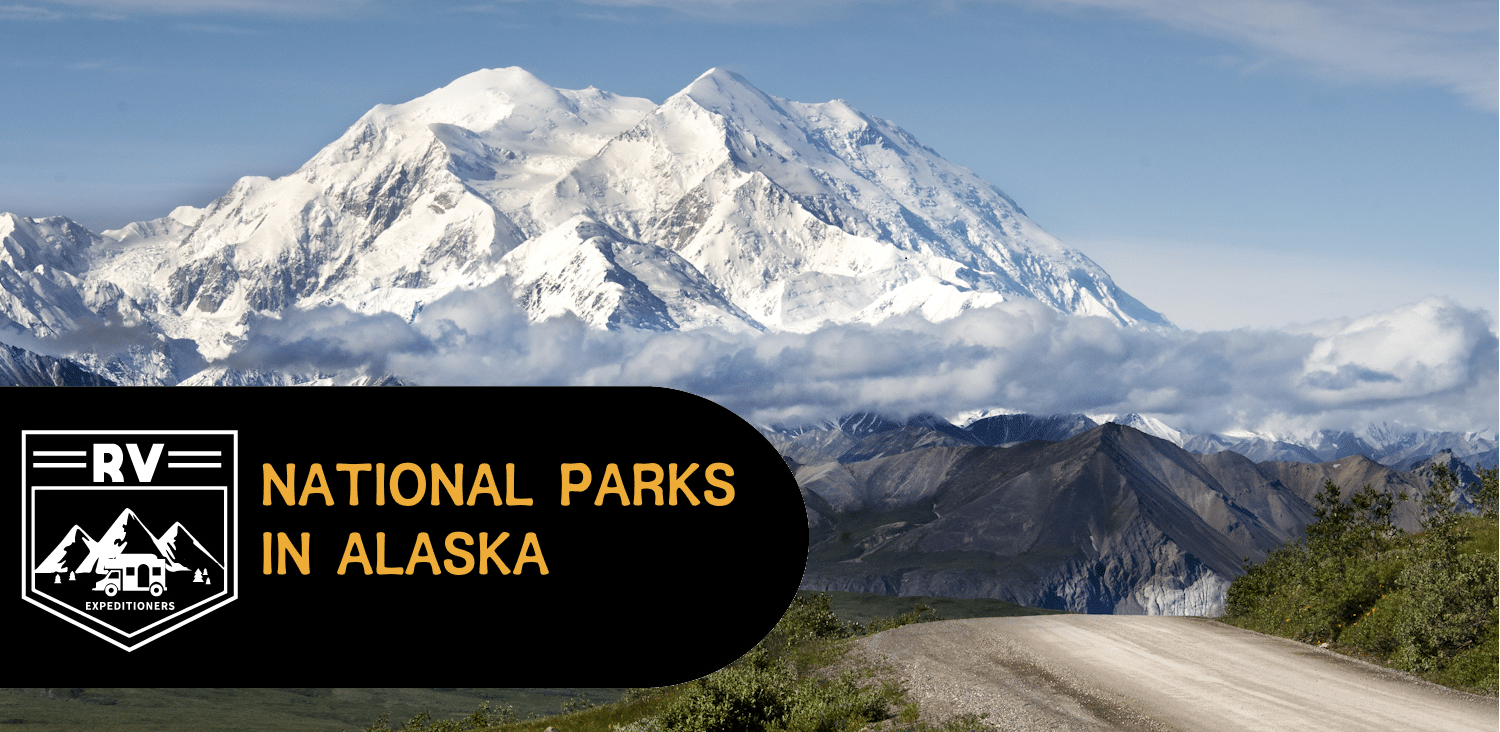Alaska, with its towering mountains, pristine wilderness, and abundant wildlife, offers some of the most breathtaking national parks in the United States. For RV travelers, Alaska provides an incredible opportunity to explore remote landscapes and experience nature up close while traveling with the comforts of home. From glaciers to fjords, these parks offer something for everyone, whether you’re a wildlife enthusiast, photographer, or adventure seeker.
This guide will take you through the top national parks in Alaska for RV travelers, what you need to know about camping, and tips for navigating the Last Frontier with your RV.
National Parks in Alaska
Top National Parks in Alaska for RV Travelers
Alaska is home to some of the most awe-inspiring parks in the world, but not all of them are easily accessible by RV. Below are the best parks where RV travelers can camp and explore.
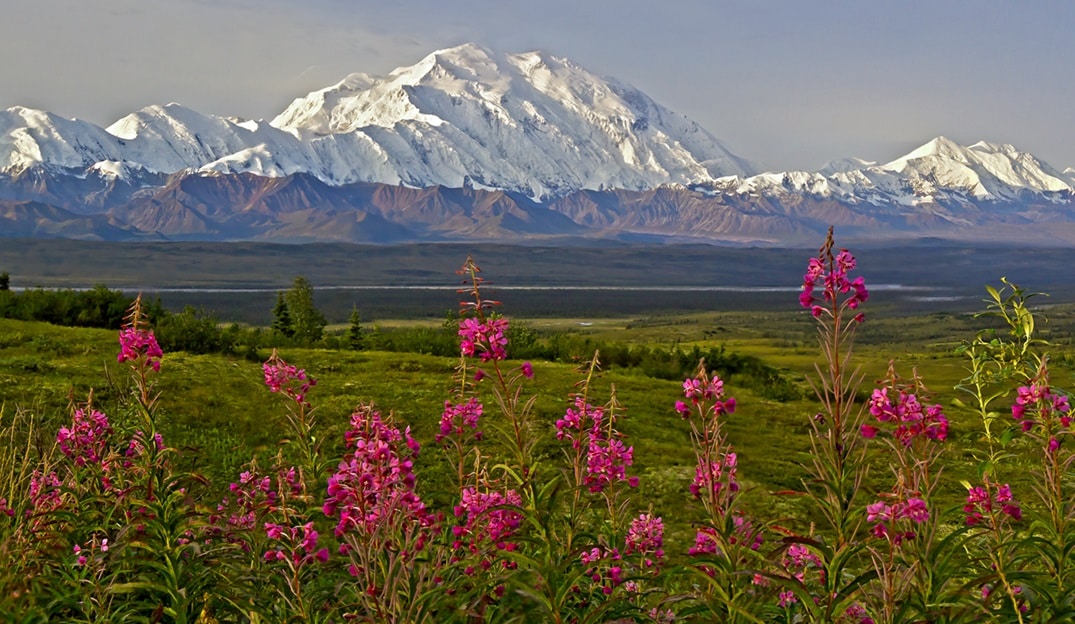
- Why Visit: Home to Denali (formerly Mount McKinley), the highest peak in North America, this park offers incredible wildlife viewing opportunities and stunning landscapes.
- RV Camping: The Riley Creek Campground at the park entrance accommodates RVs up to 40 feet, with sites available for both dry camping and those with electric hookups.
- Activities: Take a wildlife tour, hike on the Savage River Loop, or try your luck at spotting grizzly bears and moose.
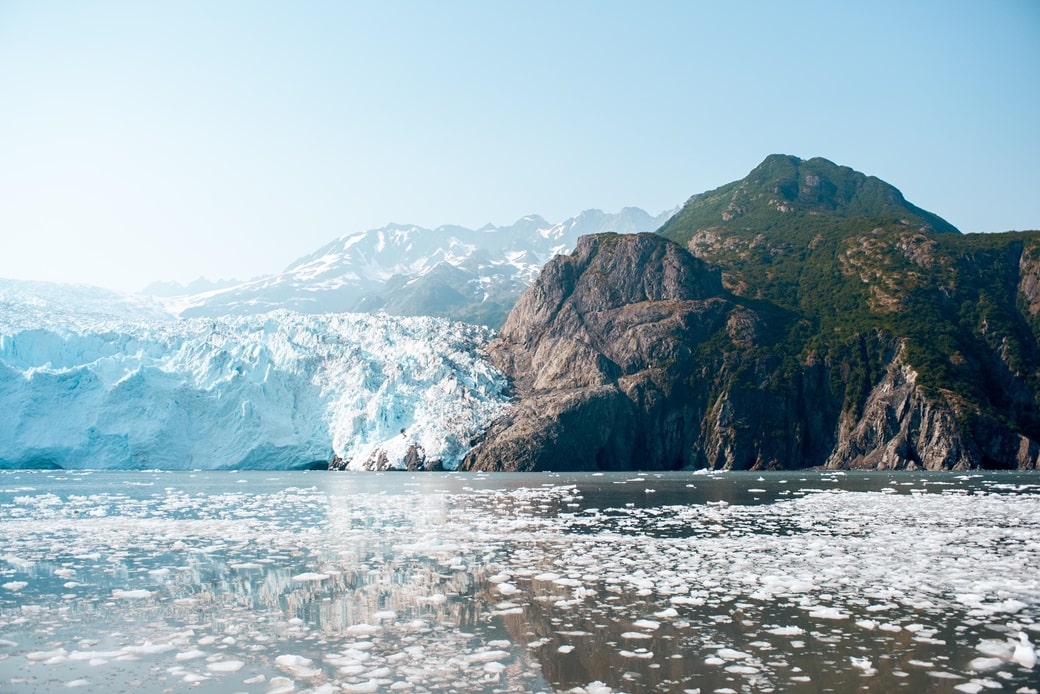
Kenai Fjords National Park
- Why Visit: Known for its glaciers and marine wildlife, Kenai Fjords offers opportunities to see whales, puffins, and sea lions.
- RV Camping: Stay in Seward at one of the RV parks along the waterfront. From there, you can take a short drive to the park’s visitor center.
- Activities: Take a boat tour to see glaciers, or hike the Exit Glacier trail for stunning views.
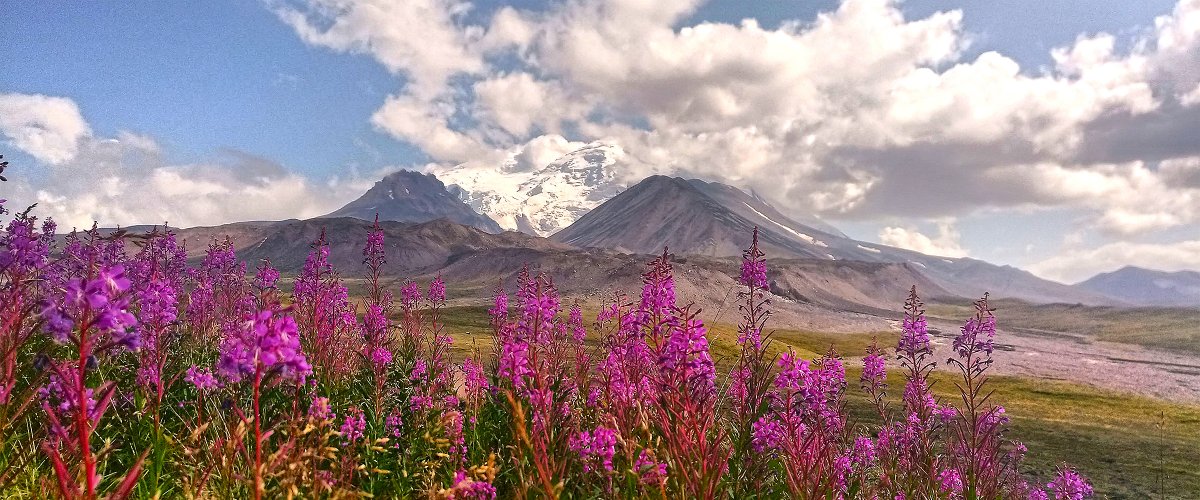
Wrangell-St. Elias National Park and Preserve
- Why Visit: Wrangell-St. Elias is the largest national park in the U.S., with glaciers, rivers, and wildlife spread across 13.2 million acres.
- RV Camping: Set up camp at Kenny Lake Campground or Tolsona Wilderness Campground—both RV-friendly options with basic amenities.
- Activities: Explore the old mining town of Kennecott, take a scenic flight over glaciers, or try backcountry hiking.
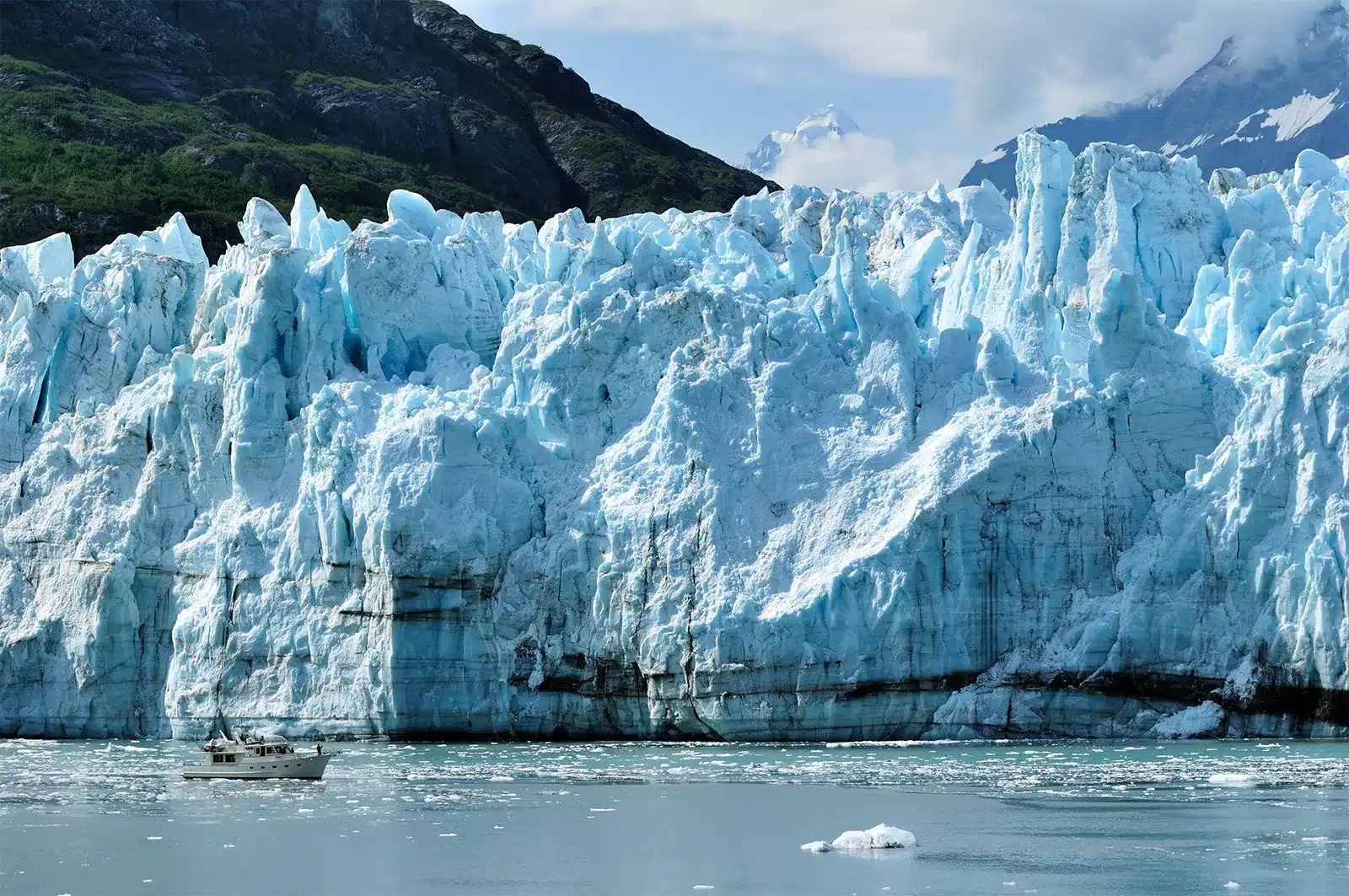
Glacier Bay National Park and Preserve
- Why Visit: This park is famous for its tidewater glaciers and abundant marine life. Although it’s best explored by boat, it’s still RV-friendly if you stay near the entrance in Gustavus.
- RV Camping: While there’s no official RV camping inside the park, nearby Gustavus has campgrounds that accommodate RVs.
- Activities: Take a guided boat tour to witness calving glaciers, or go kayaking in the fjords.
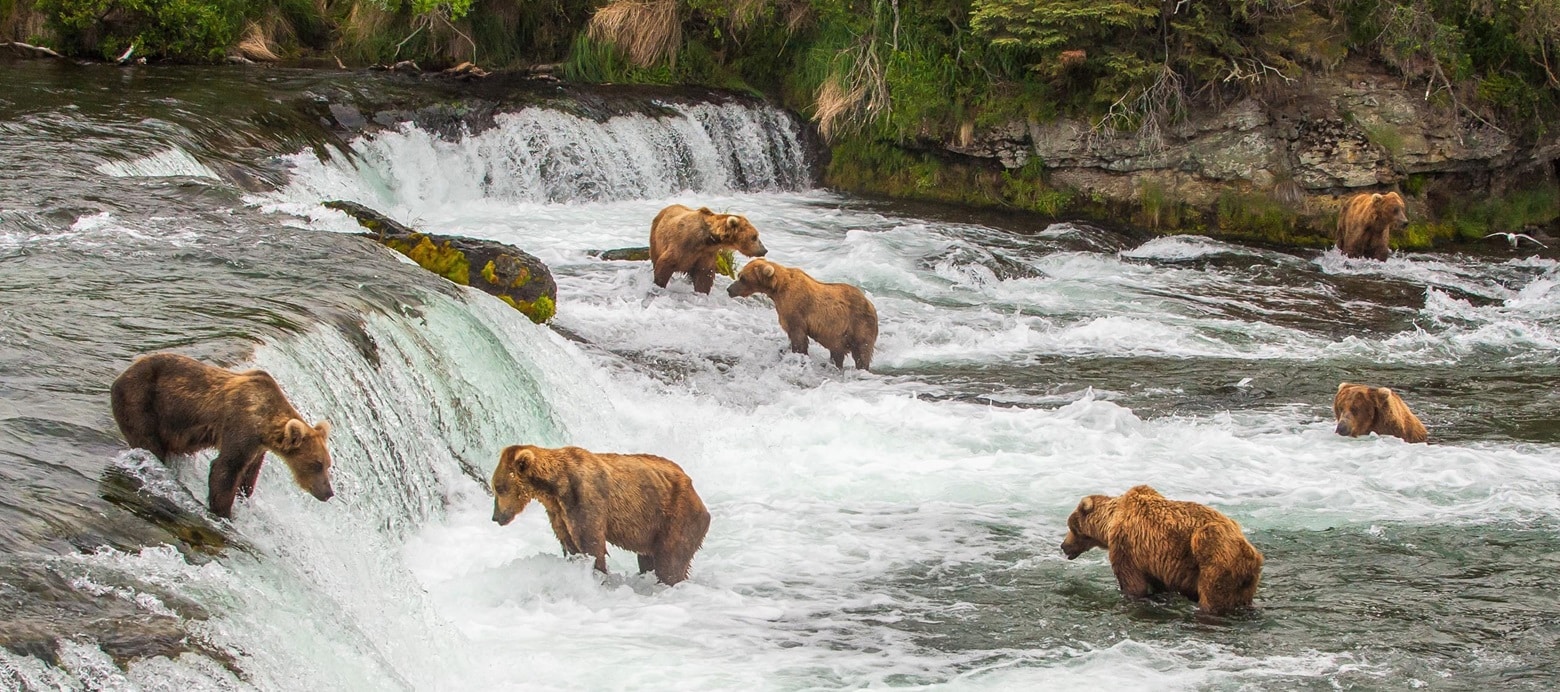
Katmai National Park and Preserve
- Why Visit: Katmai is known for its bear viewing, particularly at Brooks Falls, where brown bears gather to catch salmon.
- RV Camping: While there are no RV campgrounds inside Katmai, you can camp at King Salmon before taking a flight or boat into the park.
- Activities: Bear watching, hiking, and fishing are popular activities.
National Parks in Alaska
When to Visit Alaska’s National Parks
Alaska’s weather plays a significant role in planning an RV trip. Summers are the ideal time to visit, with mild temperatures and long daylight hours. Here's what to expect by season:
- Summer (June to August): Best time for RV travel, with most campgrounds open and roads accessible. Wildlife is active, and temperatures range between 60-80°F (15-27°C).
- Fall (September to October): Cooler temperatures, with fewer tourists. Some campgrounds and park facilities start closing for the season.
- Winter (November to March): Limited RV travel due to snow and road closures. However, the parks offer activities like skiing and dog sledding for adventurous visitors.
- Spring (April to May): Roads begin to open, and wildlife emerges from hibernation, but temperatures can still be chilly.
RV Expeditioners Pro Tip: Plan your RV trip during summer for the best experience and book campgrounds in advance to secure a spot during peak season.
National Parks in Alaska
Getting to Alaska by RV
Getting your RV to Alaska can be part of the adventure. There are two main ways to bring your RV to the state:
Driving the Alaska Highway
- What to Expect: This scenic route begins in Dawson Creek, British Columbia, and stretches over 1,300 miles to Delta Junction, Alaska. It offers spectacular scenery but requires some preparation for remote stretches.
- Stops Along the Way: Plan stops at beautiful destinations like Liard River Hot Springs and Kluane National Park in Canada.
- Tips: Ensure your RV is well-maintained for long distances, and pack extra fuel, food, and emergency supplies.
Ferry on the Alaska Marine Highway
- What It Is: The Alaska Marine Highway ferry system allows you to transport your RV from Bellingham, Washington, to several ports in Alaska.
- Benefits: This option offers a scenic and relaxing journey, with stops along the Inside Passage.
- Tips: Book your ferry tickets and RV space early, as space can fill up quickly during the summer months.
National Parks in Alaska
Essential Gear for RV Camping in Alaska’s National Parks
Traveling in remote areas of Alaska requires some specialized gear to ensure a comfortable and safe journey. Here are some essentials:
- Cold-Weather Gear: Even in summer, temperatures can drop at night, so bring warm clothing and blankets.
- Bear-Proof Containers: If you're camping without a hard-sided RV, you’ll need bear-resistant containers for storing food.
- Mosquito Repellent: Alaska’s mosquitoes can be relentless during the summer, so pack bug spray or wear insect-proof clothing.
- Portable Generator or Solar Panels: Some campgrounds may not have electrical hookups, so bring a generator or solar panels to power your RV.
- Tire Chains or Traction Mats: In case you encounter snow or muddy roads, these will help keep your RV moving.
National Parks in Alaska
Tips for RV Camping in Alaska’s National Parks
Traveling in Alaska’s national parks can be different from camping in other areas due to the remote locations and unique wildlife. Here are some tips to help you prepare:
- Fuel Up When You Can: Gas stations can be few and far between, so always top off your tank when you see one.
- Watch for Wildlife on the Road: Moose and other wildlife frequently cross roads—drive slowly and stay alert, especially at dawn and dusk.
- Be Bear Aware: Learn how to store food properly and always carry bear spray when hiking.
- Plan for Limited Cell Service: Many parks have little to no cell coverage, so download maps and guides ahead of time.
- Bring Extra Supplies: Be prepared for the unexpected with plenty of food, water, and repair tools.
National Parks in Alaska
Boondocking in Alaska’s National Parks
For those who want to truly experience Alaska’s wilderness, boondocking (camping without hookups) offers an unparalleled experience. Alaska’s national parks have several areas where boondocking is allowed, providing solitude and incredible views.
Boondocking Tips for Alaska:
- Scout Locations in Advance: Some areas may require a permit, so research your destination before arriving.
- Conserve Resources: Use solar power, ration water, and monitor battery levels.
- Respect Wildlife: Keep your campsite clean and store food safely to avoid attracting animals.
- Leave No Trace: Follow Leave No Trace principles to preserve the wilderness for future visitors.
National Parks in Alaska
RV Park Options Near Alaska’s National Parks
In addition to park campgrounds, several RV parks located near the entrances of Alaska’s national parks offer amenities like hookups, showers, and laundry facilities. Here are some popular options:
- Seward Waterfront RV Park (near Kenai Fjords National Park): Offers ocean views and easy access to the park and town.
- Denali RV Park and Motel (near Denali National Park): Provides full hookups and shuttle service to the park entrance.
- Tok RV Village (en route to Wrangell-St. Elias): A great stopover with full amenities along the Alaska Highway.
National Parks in Alaska
Explore Alaska’s Wilderness in Comfort
RV camping in Alaska’s national parks offers a unique way to experience the state’s wild beauty while enjoying the comforts of home. Whether you’re exploring the glaciers of Kenai Fjords, watching wildlife in Denali, or venturing off the beaten path in Wrangell-St. Elias, traveling by RV allows you to immerse yourself in the landscape without sacrificing convenience.
Start planning your Alaska RV adventure today. Book your campsites early, prepare your gear, and get ready to explore some of the most breathtaking national parks in the world!

